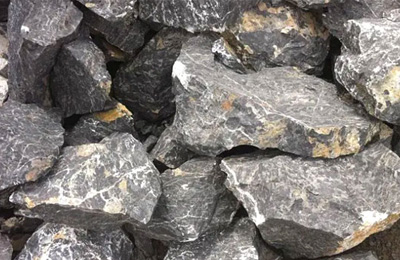Limestone is a sedimentary rock composed mostly of calcium carbonate, which is a mineral that occurs naturally in rocks and soils. Limestone is a popular building material and is also used in the production of cement, steel, and other industrial products. In order to use limestone for these purposes, it must be crushed, ground, and processed to remove impurities.

Limestone Crushing:
The first step in processing limestone is to crush it into small pieces. This is usually done using a jaw crusher, which breaks the limestone into manageable sizes. The jaw crusher uses a compressive force to break the limestone between its two jaws. Once the limestone is crushed, it is then transported to a secondary crusher, such as a cone crusher or impact crusher, which further breaks it down into smaller pieces.
Limestone Grinding:
After the limestone has been crushed, it is then ground into a fine powder. The grinding process is important because it helps to increase the surface area of the limestone for easier extraction of the desired mineral. The limestone is usually ground using a ball mill or a vertical roller mill. The resulting powder is then sent to a classifier, which separates the particles based on their size.
Limestone Processing:
In addition to crushing and grinding, limestone must also be processed to remove impurities such as clay, sand, and iron. This process is known as beneficiation. Beneficiation involves crushing the limestone into small pieces, then separating the impurities using a variety of methods, including screening, gravity separation, and magnetic separation.
Screening involves passing the crushed limestone through a series of screens of different sizes to remove the impurities. Gravity separation involves using a mixture of water and chemicals to separate the limestone from the impurities based on their density. Magnetic separation involves using magnets to attract and remove iron particles from the limestone.
Once the impurities have been removed, the limestone is then processed further to create the final product. This may involve heating the limestone to a high temperature to create lime, a product that is used in steel making, water treatment, and other applications. Alternatively, the limestone may be used to make cement by combining it with other materials, such as clay and sand.
Conclusion:
Limestone crushing, grinding, and processing are essential steps in the production of a variety of products, from building materials to industrial products. The process involves breaking the limestone into small pieces, grinding it into a fine powder, and processing it to remove impurities. This requires specialized equipment and expertise, but the end result is a high-quality product that is used in a variety of applications.
